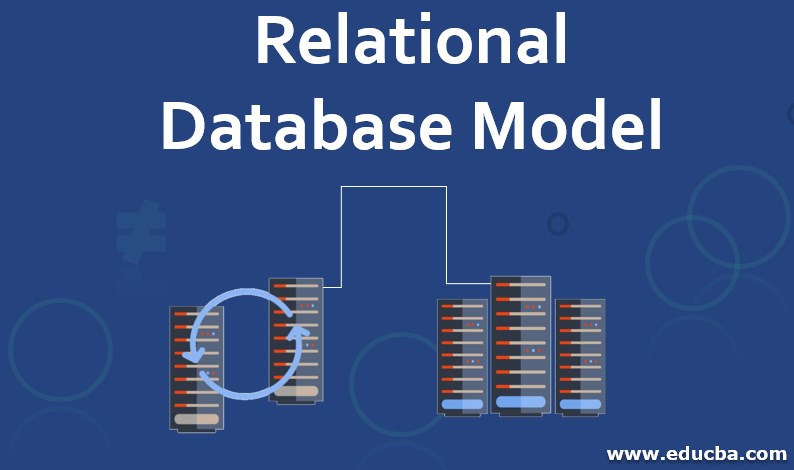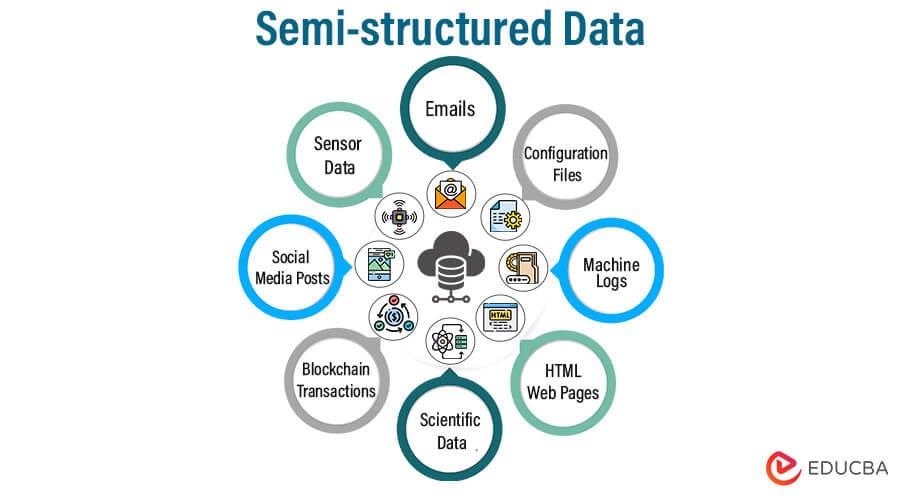Objective #35
Database models
Database modelas are structures that define how data is stored, organized, and accessed in a database.
- Hierarchical Model: In this model, data is organized in a tree structure with a root node and parent-child relationships. It is efficient for certain cases, but can be rigid.
- Network Model: Similar to the hierarchical one, but allows more complex relationships between nodes. Still, it can be complicated to handle.
- Relational Model: The most used currently. Use tables with rows and columns to represent data and relationships. It is based on relational algebra.
- Object Model: Combines characteristics of object-oriented programming with databases. Allows you to store complex objects.
- Entity-Relationship (ER) Model: Represents entities, attributes and relationships between them. It is used to design database schemas.
- Semi-structured Data Model: Used for non-tabular data, such as XML or JSON.
- Database Standardization: Standardization involves establishing and applying guidelines, conventions, and best practices for designing, implementing, and managing databases.
Some key aspects are:
Schema Design
It consists of defining naming conventions for tables, columns, indexes and other database objects. This makes it easier to understand and work with the data.
Data Types and Constraints
Establishing standards for data types (such as integers, strings, dates) and constraints (primary keys, foreign keys, default values) ensures data integrity and consistency.
Normalization
Eliminates data redundancy and dependency by organizing it in well-structured tables. Helps optimize performance and reduce the risk of anomalies.
Data Format and Structure
Define how data is represented, organized and formatted to ensure compatibility and consistency between systems and applications.
Benefits of Data Standardization
Interoperability: Facilitates integration and collaboration between different systems and organizations by standardizing data formats and structures.
Quality and Reliability
Reduces errors, improves the quality and reliability of data-driven processes.
Efficient Data Exchange
Enables more fluid and seamless data exchange.






Comentarios
Publicar un comentario